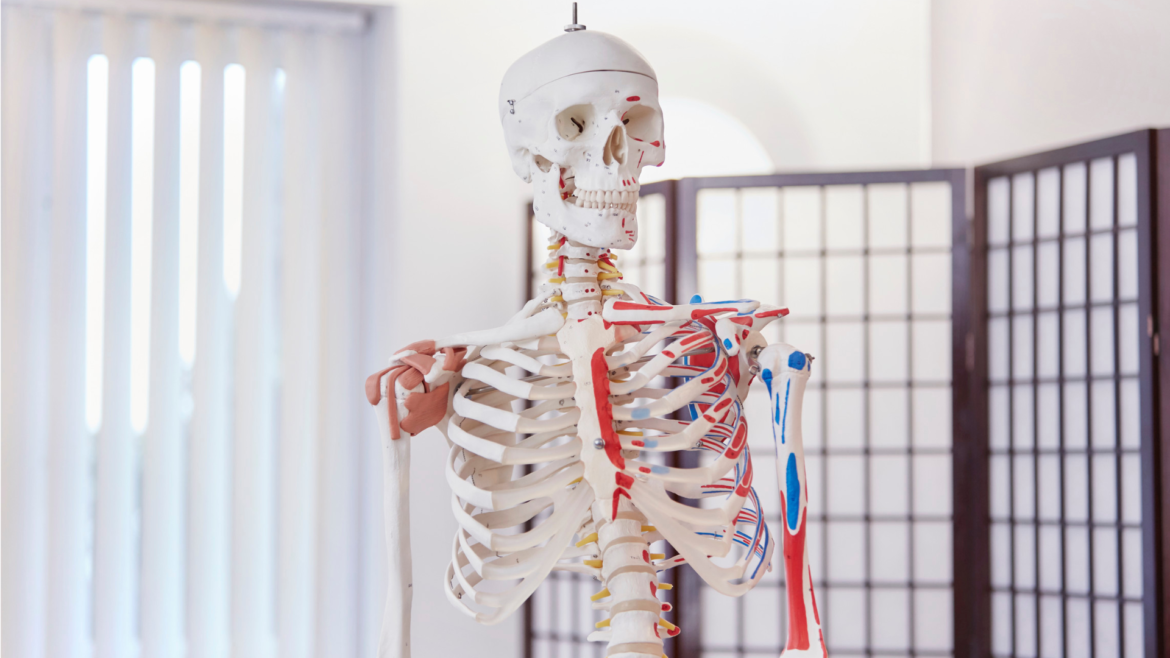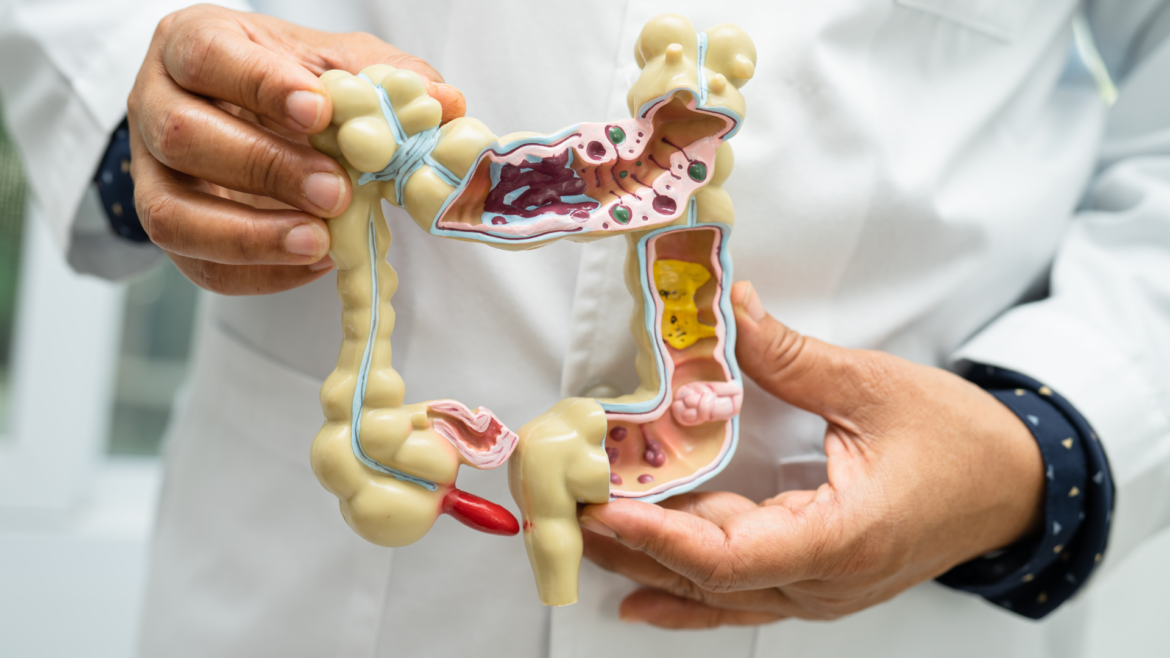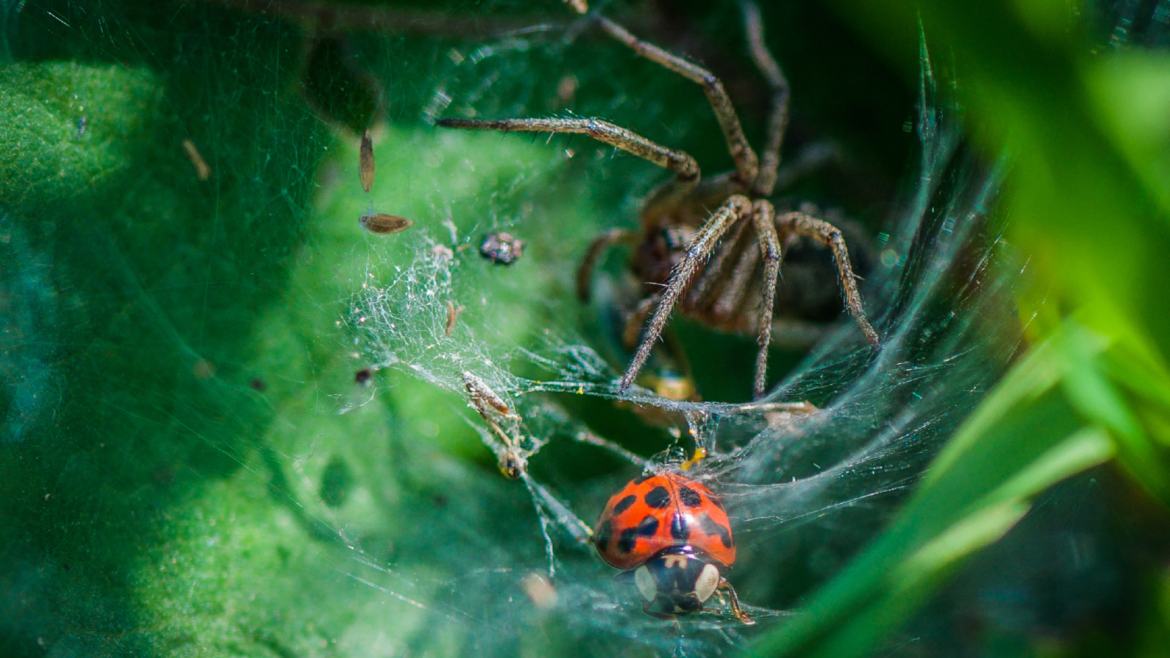Respiration is the release of energy from food and occurs in all cells. This must be done to provide us with energy. This energy is used for movement.
Category: HSB Notes
HSB Note-Skeleton System
The main functions of the human skeletal system are: movement, support, protection and storage of minerals.
HSB Notes-Digestion
Digestion is the mechanical and chemical breakdown of food into smaller components that are more easily absorbed into the blood stream.
HSB Note-Nutrition
Nutrition can be described as, the science of food the nutrients in food and how the body uses those nutrients. It includes the process of ingestion, digestion, absorption, metabolism, transport, storage and excretion of those nutrients.
HSB Note-Joints and Muscles
Joints and Muscles work together to allow movement in an organism. A joint is formed where two bones meet. Muscles are responsible for movement in the human body.
HSB Note-Food Chains and Food Webs
Food Chains and Food Webs represent the biological hierarchy of organisms within a single ecosystem. A food chain is a succession of organisms in an ecological community that constitutes a continuation of food energy from one organism to another as each consumes a lower member and in turn, is preyed upon by a higher organism.
HSB Note-Photosynthesis
Photosynthesis is a fundamental principle in Biology. It is the process by which the cycle of life begins and without it the entire animal kingdom would starve. Photosynthesis is the process by which green plants and some other organisms use sunlight energy to convert carbon dioxide and water into glucose and oxygen.
HSB Note- Characteristics of Living Things and Cells
Characteristics of living things and Cells are the first two topics we learn in Human and Social Biology. Biology is the science of life or







